
FIELD REPORT: Dharchula, Pittoragarh
‘We call that place (Internet) a paradise’: Stories of youth aspirations from an Internet dark zone in Uttarakhand bordering Nepal, where, amidst climate change incidents and environmental disaster, spiritual tourism is a norm.
The lack of Information infrastructure is the biggest lag in the Himalayan regions where disasters of various kinds - land slides, flash floods, incessant rains, forest fires - are a common suffering. In order to create Internet Infrastructure with the involvement of local communities, Internet Society Foundation extended financial support and critical expertise to Digital Empowerment Foundation. The project is called Uttarakhand Wireless Aid Community Network and its purpose is to create information and Internet infrastructure by leveraging frugal methodologies, wireless networks, unlicensed spectrums, and radios among several other communication technologies to enable several villages of Pithoragarh district in Uttarakhand to live safe and connected.
The following is one of several reports based on a field visit by the research and implementation team of Digital Empowerment Foundation.
By Dr Suruchi Kumari with inputs from Osama Manzar and Jenny Sulfath
Images and Field Work Coordination Credits – Pankaj Adhikari and Shivam Kutiyal

In May 2024, after the general elections in India, I travelled to Dharchula in Pithoragarh for a field study related to one of the most challenging projects that Digital Empowerment Foundation has taken up. The project is to set up a communication network with digital resource centres amidst the absence of telecom or Internet to prevent and mitigate the imminent natural disasters in this area of Pithoragarh, which is completely adjacent to the northern border of Nepal.
I have been a geography student for a long time, and the ancient debate of nature determinism vs human possibilism has been dominant. Over the years, with the development of science and technology, the human population has tried to alter the terrains of nature for their ever-changing needs. Another crucial debate in geography has been how ICT (Information Communication Technology) has changed the meaning and discourse around distance, and the geographical separation has become meaningless with the Internet and digital connectivity. These two prevalent and yet very powerful discourses are re-centred today with the challenges of climate change, digitisation of economy and society, and studying a society where nature plays a more vital deterministic role in how society is organised.
And here is a challenging situation. As a researcher with an academic background, I ended up at Digital Empowerment Foundation to apply my research skills to action projects, and the projects are at the crossroads of digital rights, digital access, social justice, and access to rights through digital tools and means. While I am learning, I recently took up an activity to do a recce of a place which is entirely telecom dark, located in the mountains, situated on the borders of Nepal, a part of religious pilgrimage, belonging to the Himalayas, and classified as a disaster-prone zone. I am talking about a unique place called Dharchula - you can google it, and you will find it encircled to be located right on the Nepal border near Munsiyari, and three hours from Pithoragarh, and nine hours from Haldwani or Kathgodam by road.
My job was to go to Dharchula, collect local socio-demographic data, meet people and conduct FGDs (focused group discussion), find out about any possible concurrent digital infrastructure or its absence, conduct feasibility studies to explore whether we could establish a digital resource centre, what and how the local communities would take it and whether they need it, and whether any communication system would help them to have a more secure life or prevent any disaster whatsoever.
The question hovering around was how we enable digital infrastructure and the digital ecosystem so that people act like citizens and exercise their rights with access available to them at will.
The question of citizenship and digitisation of rights and access in India is also linked to the geographies. Interestingly, the natural geographies (read inhabitation) and the forced geographies also affect their rights as citizens. While my train from Delhi was to reach Haldwani, I saw families living on the railway tracks as if they were neither at their destination nor at any arrival point. These communities are primarily from minority communities, mostly poor, pushed to the margins of the city because they have been facing hostile conditions in ‘Devbhoomi’ Uttarakhand. The stories from the unconnected villages of Uttarakhand will help us rethink what it means for digital rights and citizenship. The overall internet penetration in Uttarakhand is low compared to the national average. In Uttarakhand, according to TRAI, about 83.80 lakh people use the internet, and 52 per cent of rural people use the internet. This report also highlights that out of 3500 villages in Uttarakhand, 16,793 villages still do not have telecom services beyond 2G. For now, however, digital citizenship still needs to be fulfilled due to the lack of disaster-resilient and environmentally adaptable digital infrastructure in the villages we are talking about - Dharchula. Unfortunately, most technological developments are always urban-centric, so much so that I was told that people in metropolises enjoy 3-4 mobiles or smartphones per person. At the same time, the last mile geographic locations need to be connected. The geography of this region plays a crucial role in how the economy and society are organised.

Let me explain quickly about this village or Block, our protagonist - Dharchula. A few villages are located in the Dharchula block of Pithoragarh district, adjacent to the river Mahakali, which acts as a natural boundary between India and Nepal; the bordering district in Nepal is Darcula. A bridge connects these towns, and everyday trade and commerce between these two towns face each other across international borders.
Dharchula is a small block in the Pithoragarh district with a population of 58,413 (according to the 2011 census) and 73 villages. Most of the villages migrate to the town/block on a semi-permanent basis. Dharchula block is an essential gateway for the Kailash Mansarovar and Chota Kailash yatra routes, and most of the natives of Dharchula block run their livelihood by renting out their vehicles for tourists. Tourism is an emerging livelihood for the residents of Dharchula. Hotels, restaurants, and transportation services are significant sources of livelihood. However, the business is not booming because of poor road infrastructure, disasters, and a lack of modern services. When talking to the cab drivers, they said their job is tough as they have to drive on deplorable roads. Also, they are unconnected to their families most of the day because they are in no-network zones. For the residents and service providers, cellular and internet networks are crucial for everyday work. The drivers have no communication with the other drivers, which affects their mobility in case of disaster. Setting up a robust digital infrastructure will not only support the village community but also provide support to tourists and service providers.
The Rung community inhabits these villages in Dharchula. The history of the Rung community is a result of trans-migration. The community is dependent on agriculture as a primary source of living. It follows a pattern of seasonal migration where they have to make sense of their homes, therefore also enforcing a pattern of dual homes or panchayats and other allied services. The villages are in regions prone to disasters: landslides, earthquakes, heavy rainfall, floods, flash floods and human-animal conflict. The poor road infrastructure, which is not built due to the rugged terrain, also leads to more road accidents and blockades. Dharchula is also on the route for the Kailash-Mansarovar Pilgrimage for the Hindu community, making this environmentally vulnerable town more susceptible to disasters. But, like most cases, this is a double-edged case where tourism has brought employment to the community, where they build homestays and hotels for the tourists, resulting in a massive toll on the environment.
Based on this context, I present three vignettes of my field observations focused on deliberating on what digital empowerment means for environmentally vulnerable groups in the foothills of the Himalayas.

Vignette 1: Seasonal migration
The Rung community members have been historically associated with trading in the Trans-Himalayan region. This community has also been socially stigmatised for their physical appearance. One of the Rung community women said they associate themselves with the Rung culture and don’t associate themselves with the ‘Bhotia’ community nomenclature. However, the Indian government continues to use ‘Bhotia’ nomenclature. The Rung communities follow a seasonal migration, where they would spend the summer in higher altitudes for six months (April to September). Then, they would migrate to the lower altitudes in the winter (October – March). This seasonal migration has led them to organise their houses in both places.
Interestingly, their migration is different from individual /family migration in the plains, as it’s the village that migrates, and so is the Panchayat office. For example, if community members from Dugtu village have migrated to Dharchula, the villages in Dharchula will have a new name. Still, the village's name will be attached to the location, like Nigalpani (Dugtu). The Panchayat office will function here and at the migration source for six months. Government schools would also function in both places according to the seasons. The villages at higher altitudes have no internet connection, and there is a feeble mobile network, making the younger population spend most of the year in Dharchula block because they can access educational facilities throughout the year. A survey of 500 community members was concluded in the last week of July, the analysis of which will give us better socio-economic data on mobile and internet consumption patterns according to gender, age, and social categories.

Vignette 2: Points of Internet and Youth Aspirations
“Hum us jagah to Jannat kehte hain” (we call that location heaven), said one of the young college-going girls in one of the villages which had been majorly devastated in flood and most of the families had been promised rehabilitation away from their villages. By ‘Jannat’(Heaven), she was referring to the spot near a tree orchard where the young men and women would go to use the internet on their phones. These are smaller, fragmented, not regular points of internet connection. This anecdote is not very different from what we saw during the COVID pandemic when education shifted to online mode; there were pictures of students doing their exams outdoors in the fields, over the trees, over the terrace, in other’s houses, on hillocks, and even in such unsafe places. However, the unconnected situation of the Rung community in Dharchula is permanent. They live a life in a permanent telecom dark area.
In another field observation, I saw young boys and girls wandering in the green meadows on the periphery of a hydropower project. I thought they would be there to visit hydropower sites (in India, there are peculiar cases of Hydropower / big dam tourism). On talking to one of our local interlocutors, he said they come every evening whenever they can connect to the internet as the hydropower project Dhauliganga Power station, near Khetgaon) has a more robust network and internet connection. The dam's catchment area also becomes the internet's catchment area for these youngsters. There is a government school and village post office, which are, on average, 2 to 3 km from there, but there is no internet facility. The youngsters would walk 2 to 3 km from their homes to use the internet. The availability of internet at the hydropower station and not in the villages also raises an important question of whether the internet services provision is a matter of state capacity or is a question of the will of the state. Ensuring telecom and internet facilities should be the fundamental duty of the state.

Vignette 3: Internet and poor road and electricity
While talking to the older generations, I see the internet as a necessary service for the youth. Still, for them, the issues of poor roads and poor electricity remain a significant concern. In one of the group meetings, one older man said there is no electricity. When they are in their villages (the source of migration), they cannot connect to their families in the villages (destination of migration) because there is no electricity. There is no mobile’ tower’. For him, they have to wait days to get information passed, or in favourable weather conditions, there is a VSAT internet facility in the village from where they would pass emergency information. However, for them carrying out agriculture, saving their crops from animals is a source of livelihood, and they cannot abandon those who come and permanently stay in the villages (destination of migration). However, they want better internet and other infrastructure facilities that will be more robust for their younger generations. These communities live where information is traditionally passed on (the lorry, bus, and truck drivers carry the information and things of urgency for them) because these villages are 45 km from the Dharchula block.

Reflections
As a digital civil society organisation, we often face challenging questions about whether we are becoming internet deterministic. Still, while studying the conditions in these villages, there is an understanding that the internet reflects better power, better road infrastructure, good education and health infrastructure. Will advocating for establishing internet connectivity on the railway tracks for the poor and homeless Minority community serve as digital empowerment? Not because what’s required in that scenario is the resettlement of the community away from the dangerous railway tracks and the assurance of all facilities, together with the internet. Will advocating and working towards establishing robust disaster-resilient infrastructure help the Rung community access information regarding health, education, employment and social mobility together without being forced to migrate to other towns and cities? Definitely yes. Uttarakhand is also one of the first states in India to pass a Uniform Civil Code bill to make personal laws for all religious communities. Still, the state can't ensure equal dignified housing, roads, internet infrastructure, and other amenities for its residents.
These observations lead me to link the common thread between natural geographic segregation and social geographic segregation and how these two are related to the questions of citizenship, rights and access to rights. In the case of socially segregated poor minority and Dalit communities, what could have been the contour of digital rights and citizenship? I need to explore this deeply. The other contour of digital rights and citizenship in natural geographic segregation - perhaps, I have a little idea of this.

Photo 7: The village people prefer to live sustainably; their houses are made of traditional climate-suitable materials. They want to have in-situ proper amenities like roads, electricity, and internet for their children's future.
Clippings, Major News Headlines & What are we reading
After several online campaigns that were critical of the constitutionally enshrined values of secularism and socialism, the SC has rejected PILs to go back on the amendment:


In another development of India's exporting of our DPI tech, Male, with whom the country was not on the best of terms with for the past year, has introduced UPI.

Another interesting development is this news piece below, which could potentially help expand connectivity in areas with otherwise limited network infrastructures.

In a win for censorship and loss for freedom of speech and reporting, Wikipedia was forced to comply with a court order to take down an article critical of a news agency in India, ANI.



While on the topic of censorship, this is another instance of internet suspension, which the government feels is a measure to prevent the spread of violence (although studies have differing conclusions).

Other interesting pieces from the week:





Updates from DEF
From a program for empowering Soochnapreneurs in Guna District, Madhya Pradesh:

and a multi-scheme enrolment camp at the Community Internet Library (CIL) in BOALI Tea Garden, Assam

And finally, a reminder to register for the 6th Digital Citizen Summit here:

More next week, and while we want to wish our readers a happy diwali, we also would like to stand in solidarity with the several gig workers, who under the leadership of the women workers of the platform, have called for a digital strike on the day of Diwali. So we end the chapter with this:
- and hope to return with more coverage on the strike soon.
Because even as these news pieces were seen this week -


We know that the gig worker is still leading a precarious life, harassed both by the platforms, the algorithms and the clients/customers (yes, that's us).
Happy Diwali and see you next week.

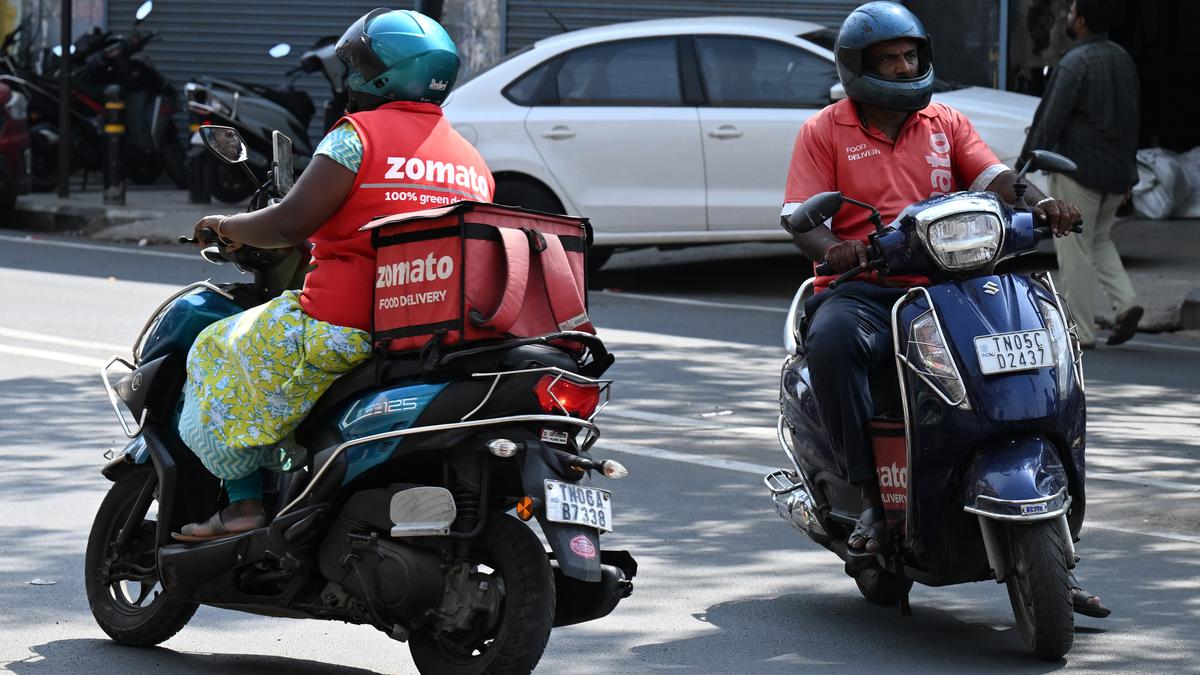


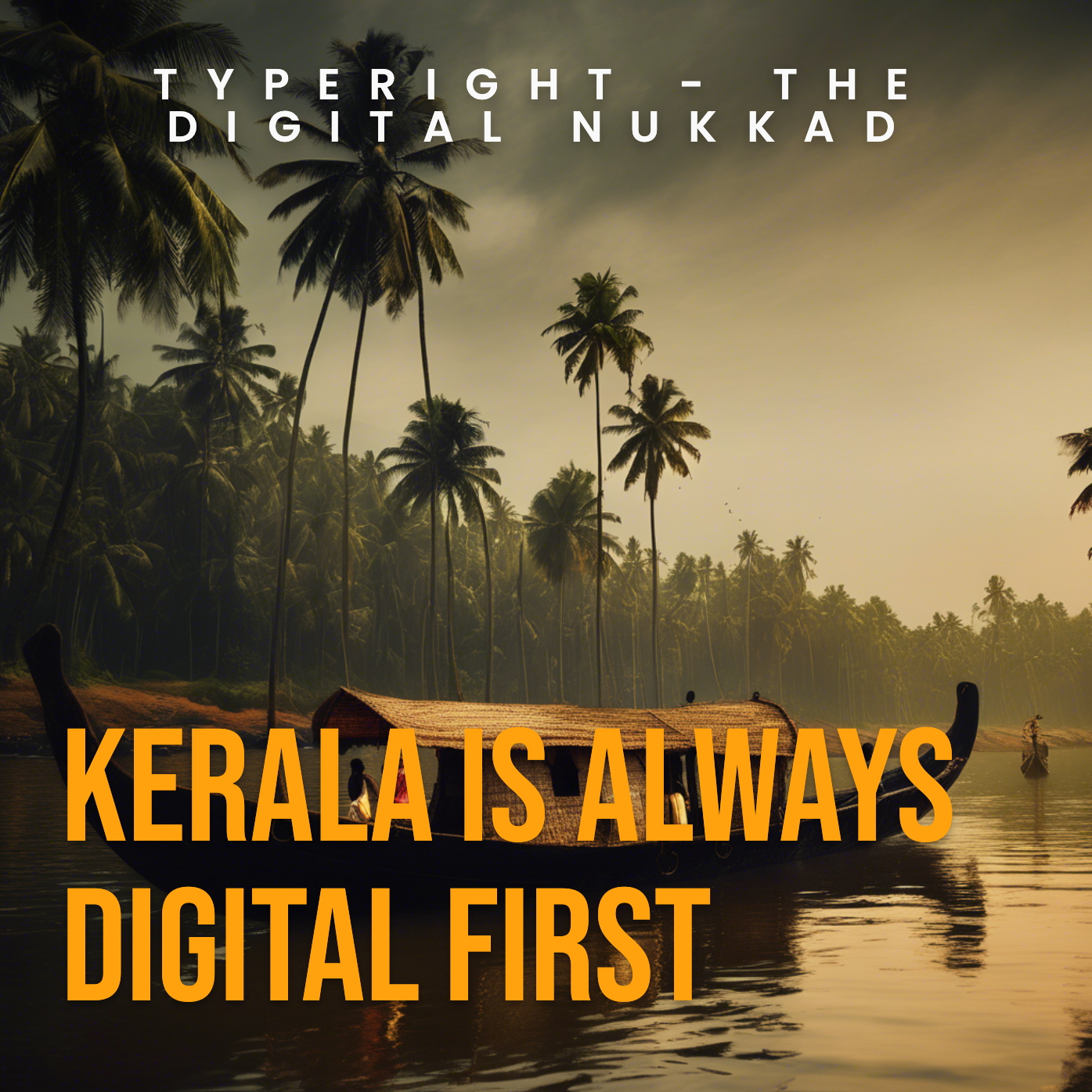
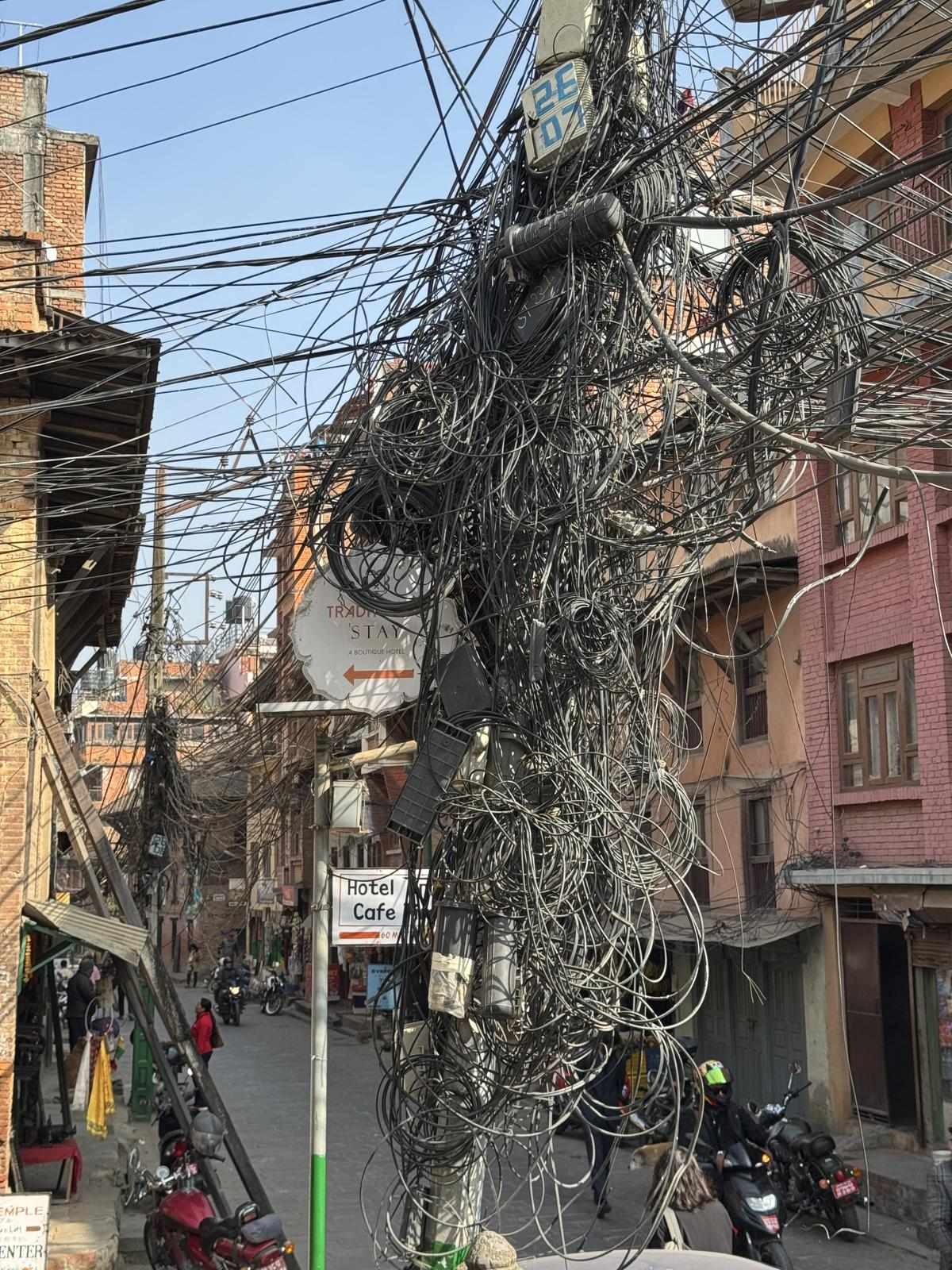
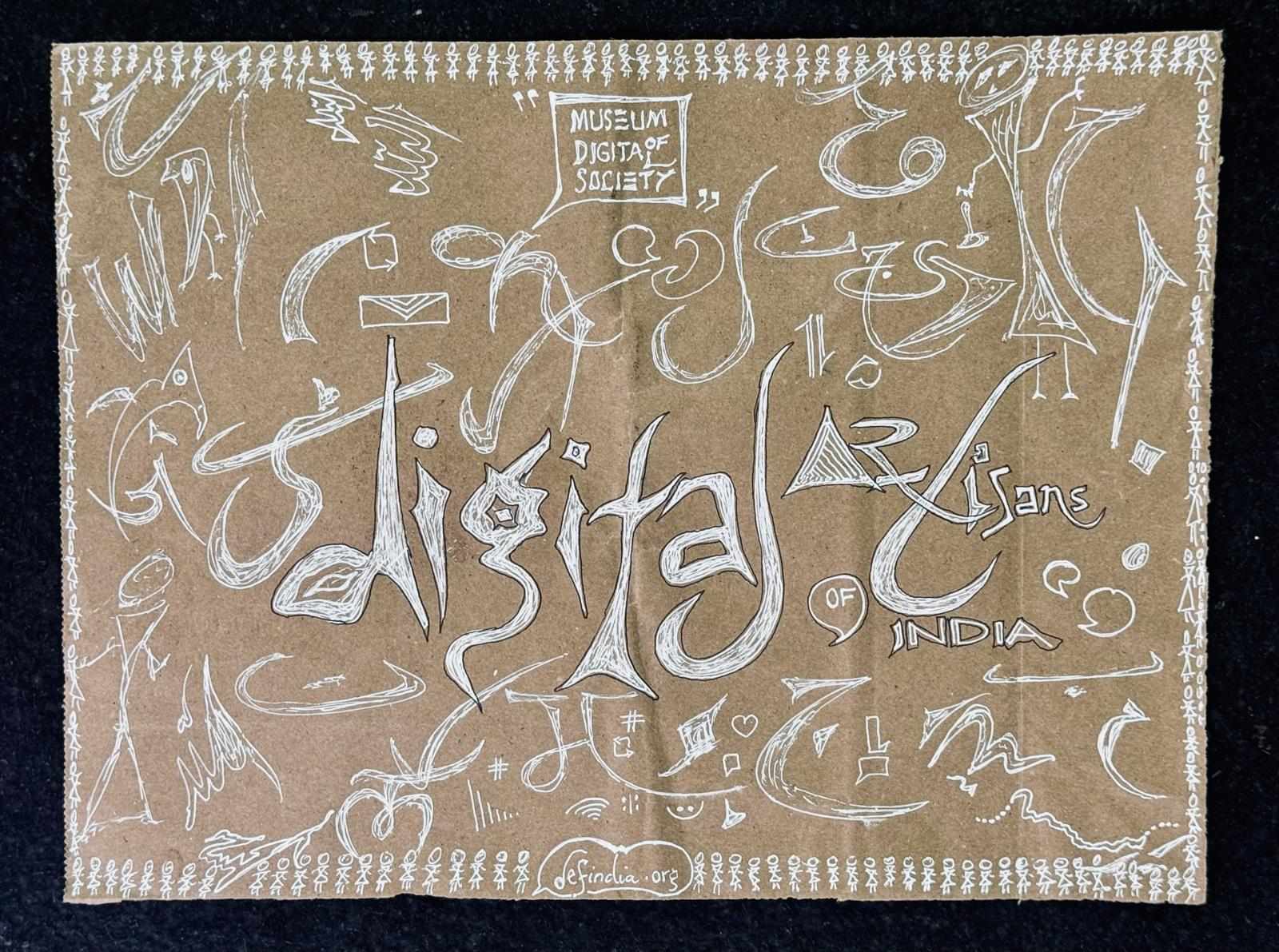
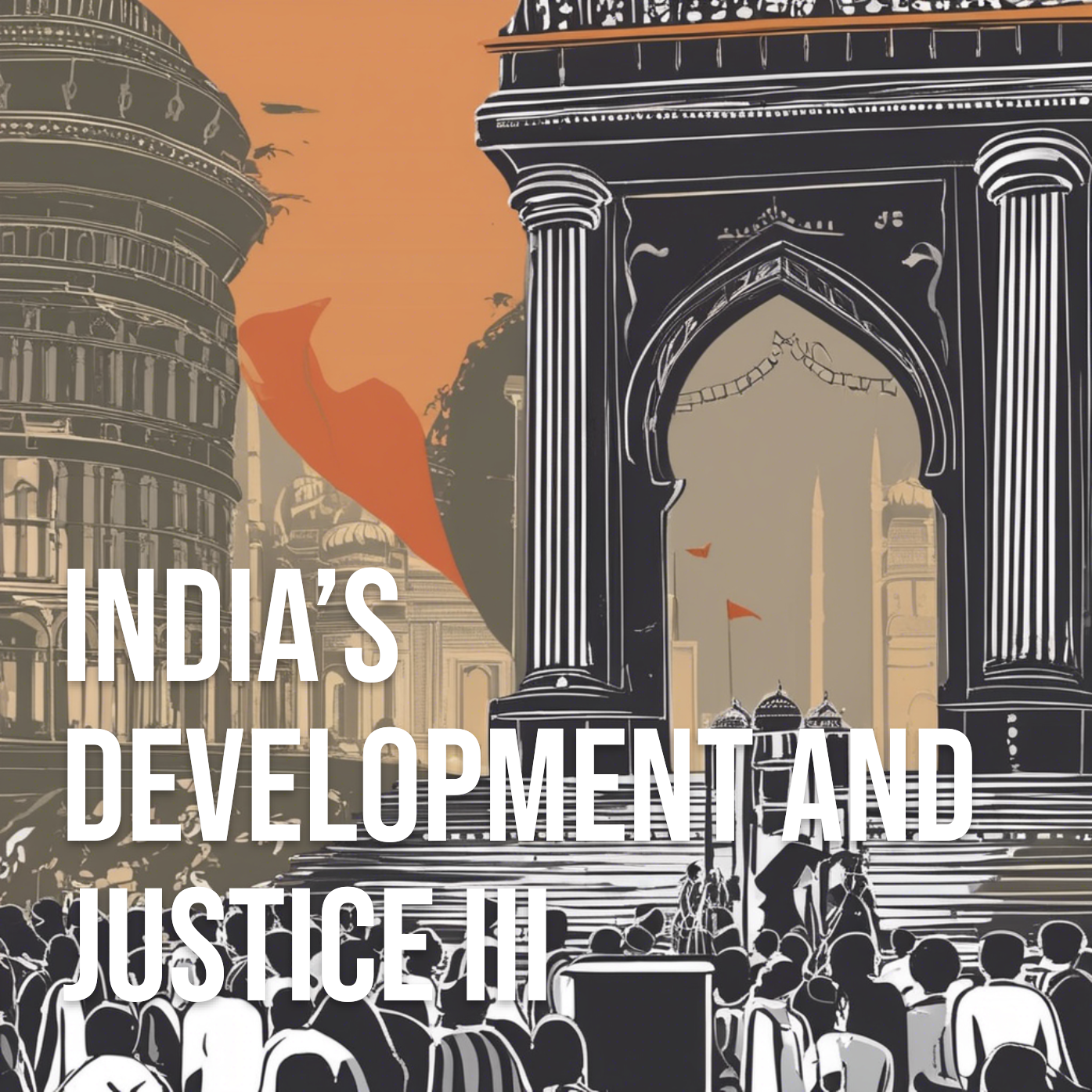
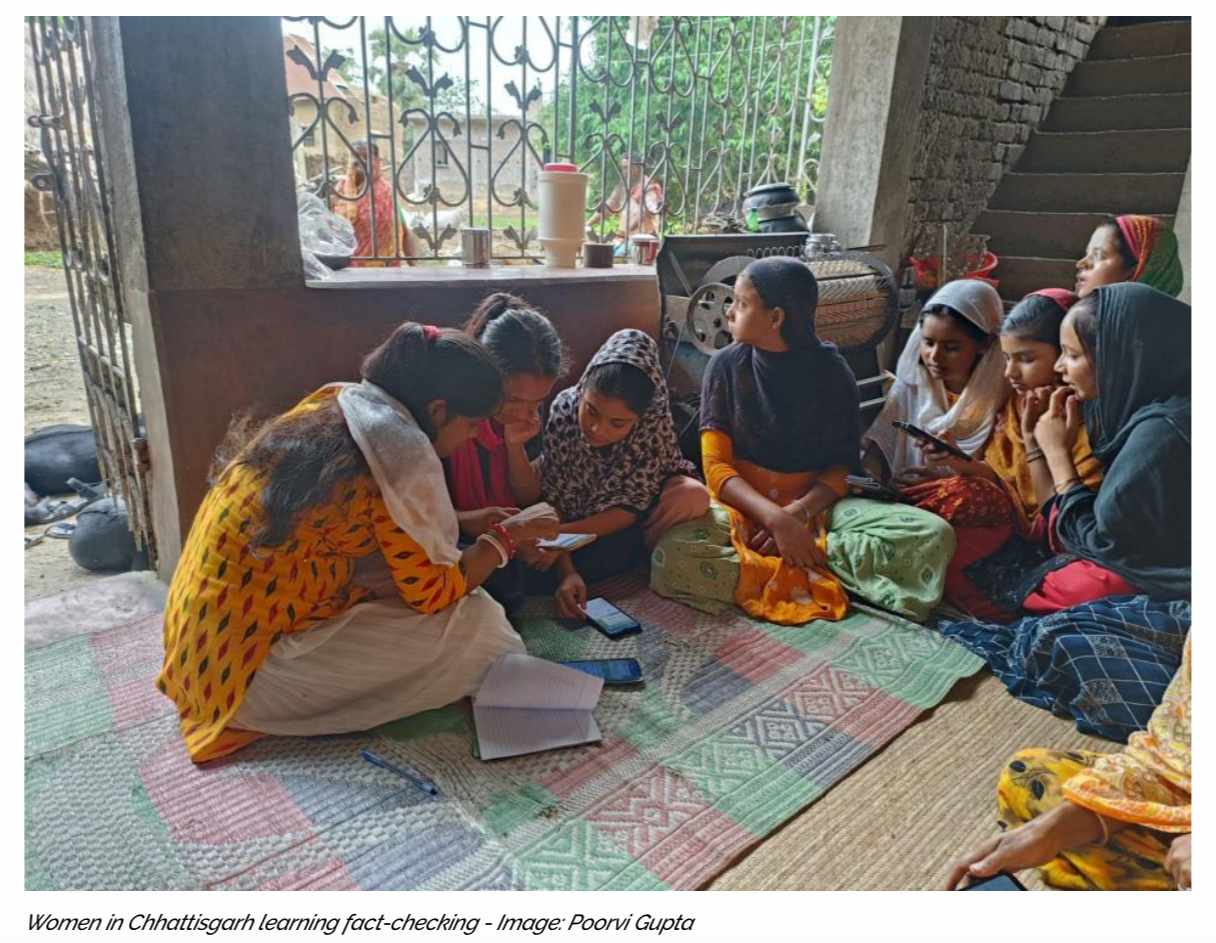


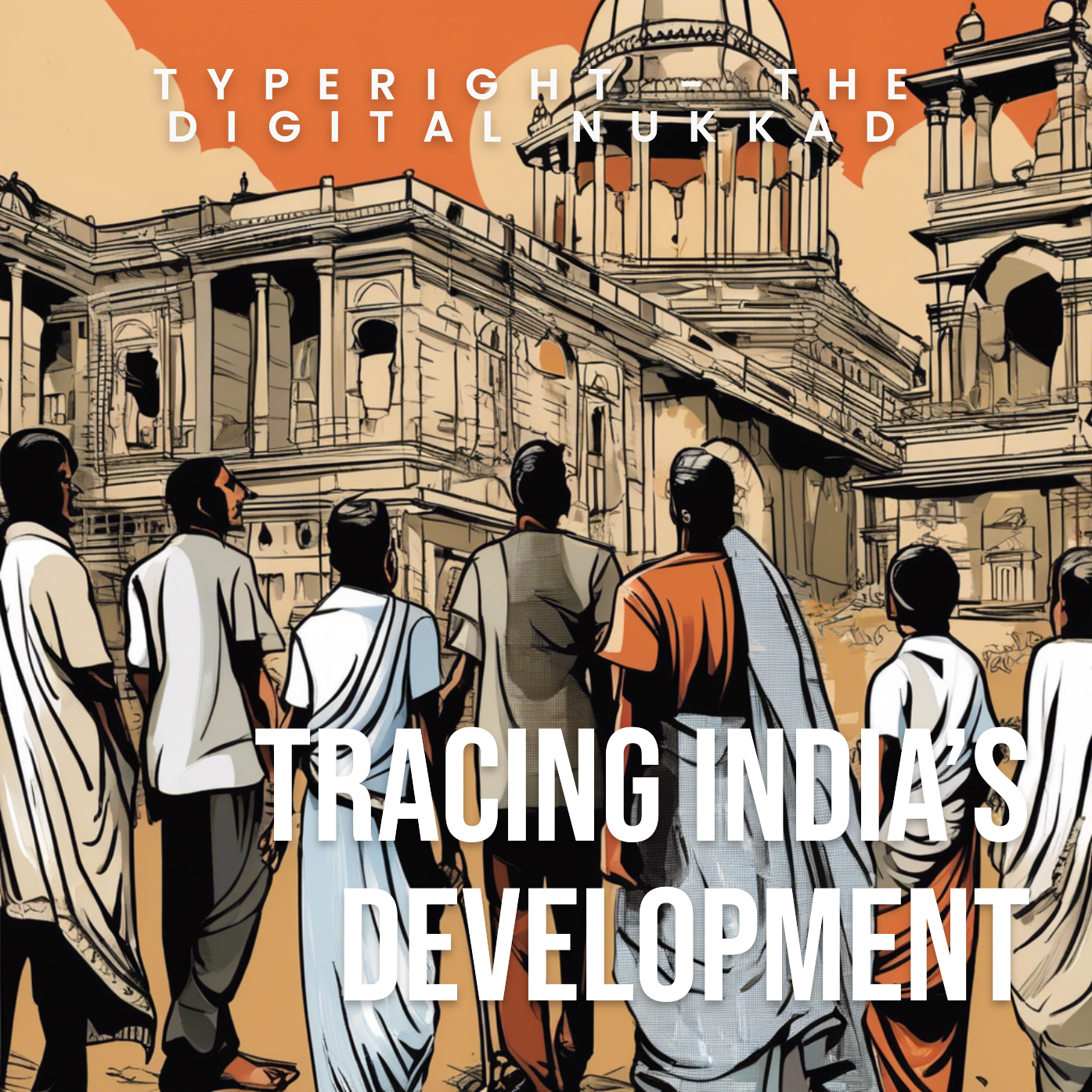









 might be?](https://sk0.blr1.cdn.digitaloceanspaces.com/sites/1394/posts/714526/dbc8de4c-5c50-411f-aba0-55cfb74a692d.jpeg)

Write a comment ...